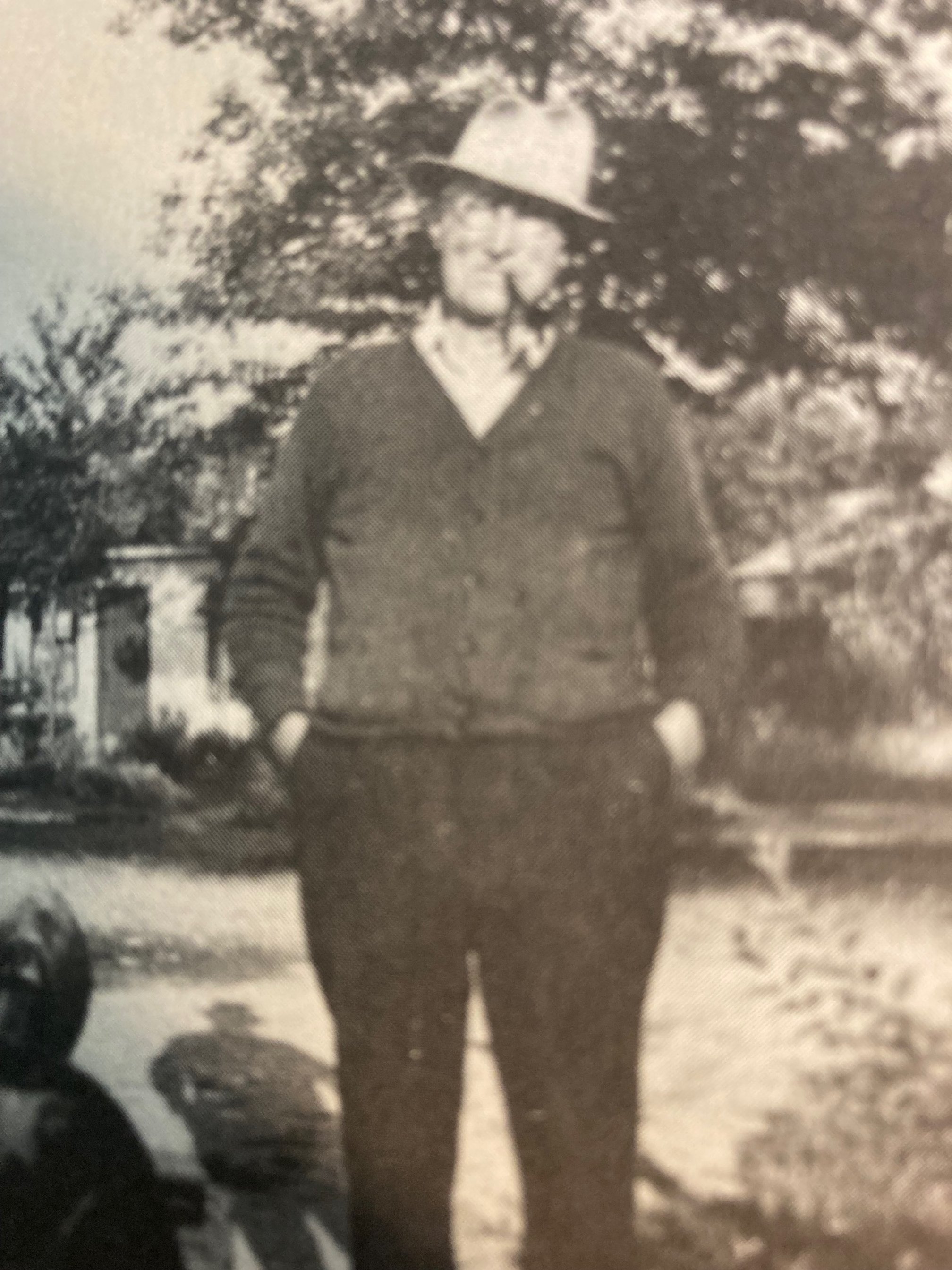The Story Behind Mississauga’s Burns Lane
/Andrew burns
We recently had an inquiry about the origin of Burns Lane in the Lorne Park area of Mississauga. Certainly, Burns Lane is somewhat unique in Mississauga – a short, rural laneway, only recently paved, leading to two private properties that are quite tucked away from view from the primarily thoroughfare of Indian Road. The lane itself has been there for generations and dates to at least 1923, long before the City of Mississauga came to be.
Peter Burns (1840-1890) was from County Roscommon, Ireland. While we do not know when the Burns family emigrated to Canada, in 1855 Peter’s father Andrew died in Streetsville. In 1861 Peter married Elizabeth “Eliza” Miller (1844-1919) in Streetsville. It is interesting to note that Peter was listed as Roman Catholic in religion, while Eliza was a member of the Church of England. Their marriage was at a time when unions between Catholics and non-Catholics were somewhat rare.
orange burns
By 1871 Peter and Eliza, together with their children, were living in Port Credit, where Peter was employed as a sailor. Peter and Eliza’s family grew to include at least seven children: Andrew, John, William, George, Mabel, Lilly and James. According to the census, the children were raised Catholic. Eldest son, Andrew Burns (1863-1945) initially followed in his father’s footsteps as a sailor. In 1888 Andrew married Margaret Isabella McGill (1870-1922) at St. Peter’s Anglican Church in Erindale. By the time of the wedding, Andrew was listed as a member of the Church of England and no longer as Catholic. Andrew’s wife Margaret was the daughter of Eliza and James McGill of Lorne Park. By 1891 Andrew had given up sailing and was operating a small market garden farm in Lorne Park. In 1903 Andrew was able to purchase 8 acres of land from his wife’s mother, and they established a small farm along the south side of what is today Indian Road.
burns lane
Andrew and Margaret had seven children: Andrew James (1889-1937), Mary Elizabeth (1890-1891), Orange Edwin (1894-1951), William Frederick (1901-1962), Irene Lavina “Myrtle” (1904-1945), Olive Emmeline (1909-1936) and Leroy “Roy” Alexander (1911-1965).
In 1921, after having served during the First World War, Orange Burns married Betha Alice Lemon (1903-1983) of nearby Erindale. In 1922, Orange’s father, Andrew gave small lots to his children Orange, Fred, Myrtle and Roy. In 1923 a right-of-way was formally established to give access to these lots, connecting Indian Road past the power line. This right-of-way would become Burns Lane.
Orange and Alice Burns gravestone, Springcreek Cemetery
Perhaps the best-known resident associated with Burns Lane was Orange Burns. Orange was a labourer, who is recalled as being a hard worker who took on all manner of work to make ends meet. On his lot, and within the adjacent hydro corridor, Orange planted fruits and vegetables, including raspberries, potatoes, carrots and rhubarb, which the family sold. The family also kept pigs, cows, chickens and a pony. Orange also operated a cartage business, transporting produce from other farmers to markets in Toronto.
Orange and his wife Alice raised five children: Evelyn (1921-2021), Laura (1923-2009), Raymond (1925-1976), George (1927-1974) and Ernest “Toby” (1931-1972).
Orange was described as a remarkable and likeable man, always “rushing here and there, busily working” and “like a fresh breeze blowing through, brightening up the spirits of people in the house.” Orange died relatively young, in 1951, and the community gathered at his home on Burns Lane to pay their final respects. He was laid to rest in Springcreek Cemetery on Clarkson Road, along with many other members of the Burns family. Although Orange’s house on Burns Lane no longer remains, the narrow country lane that led to his home and connects to the earlier history of his father’s property remains, and still carries the family’s name today.














